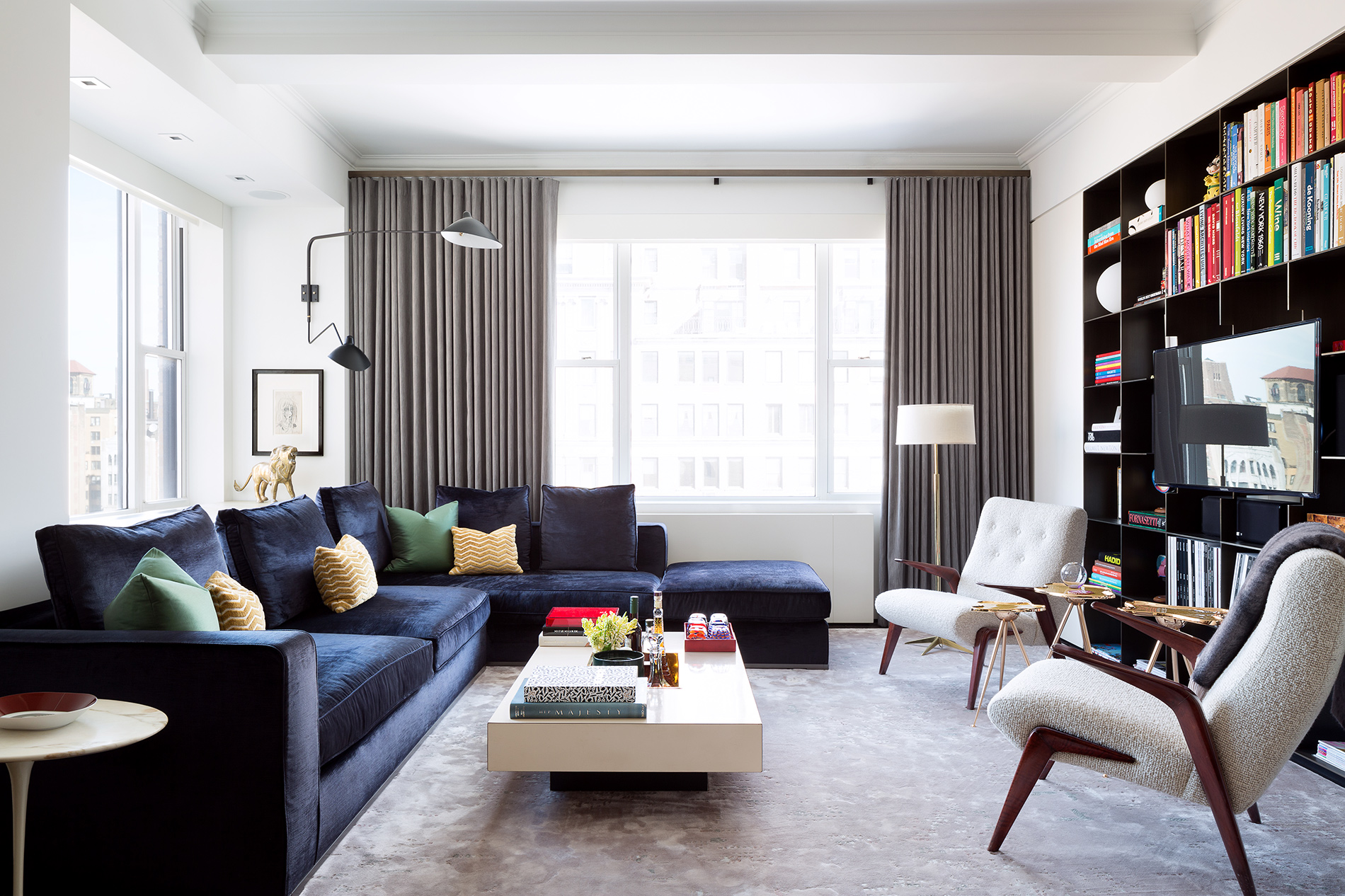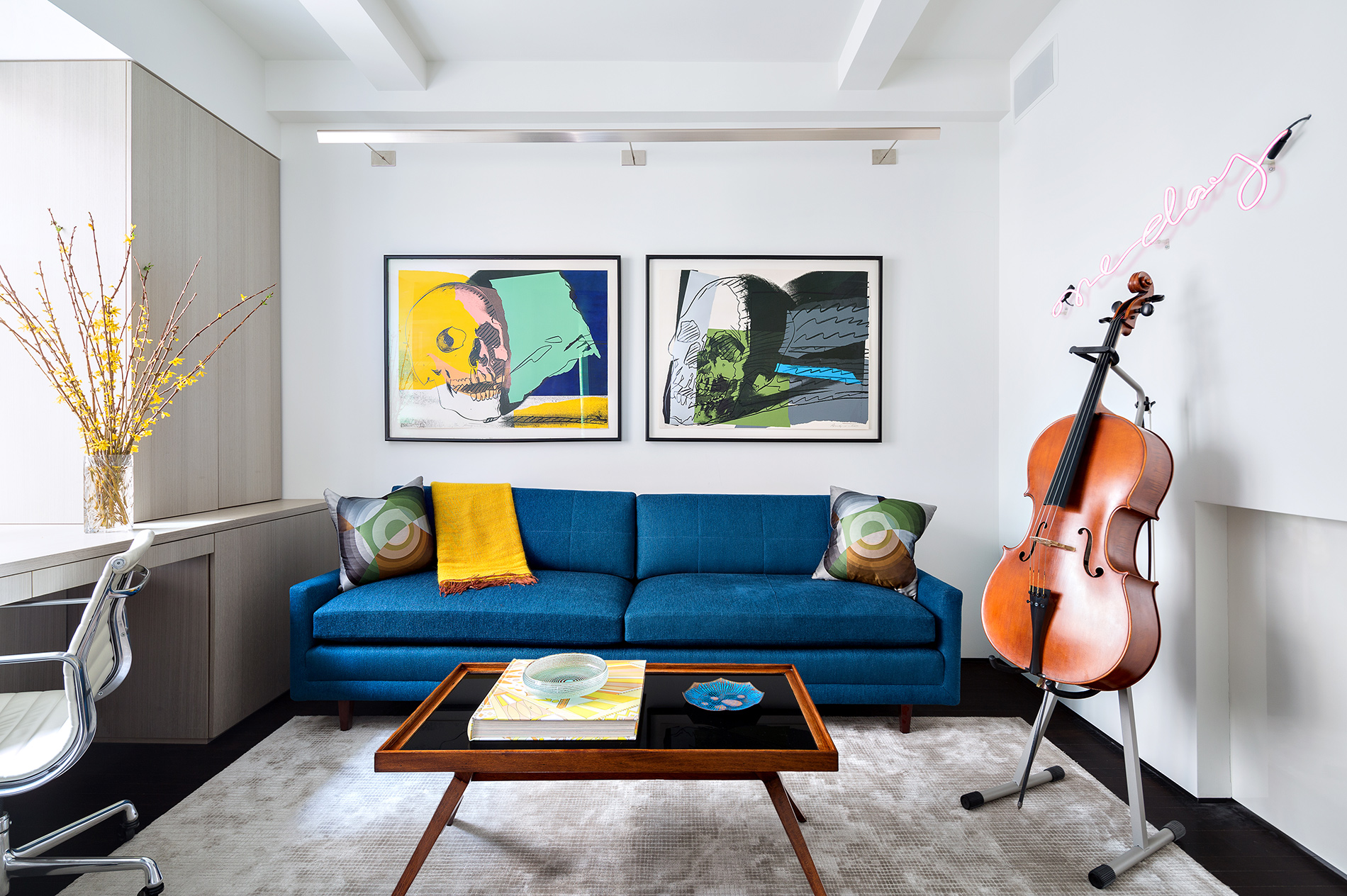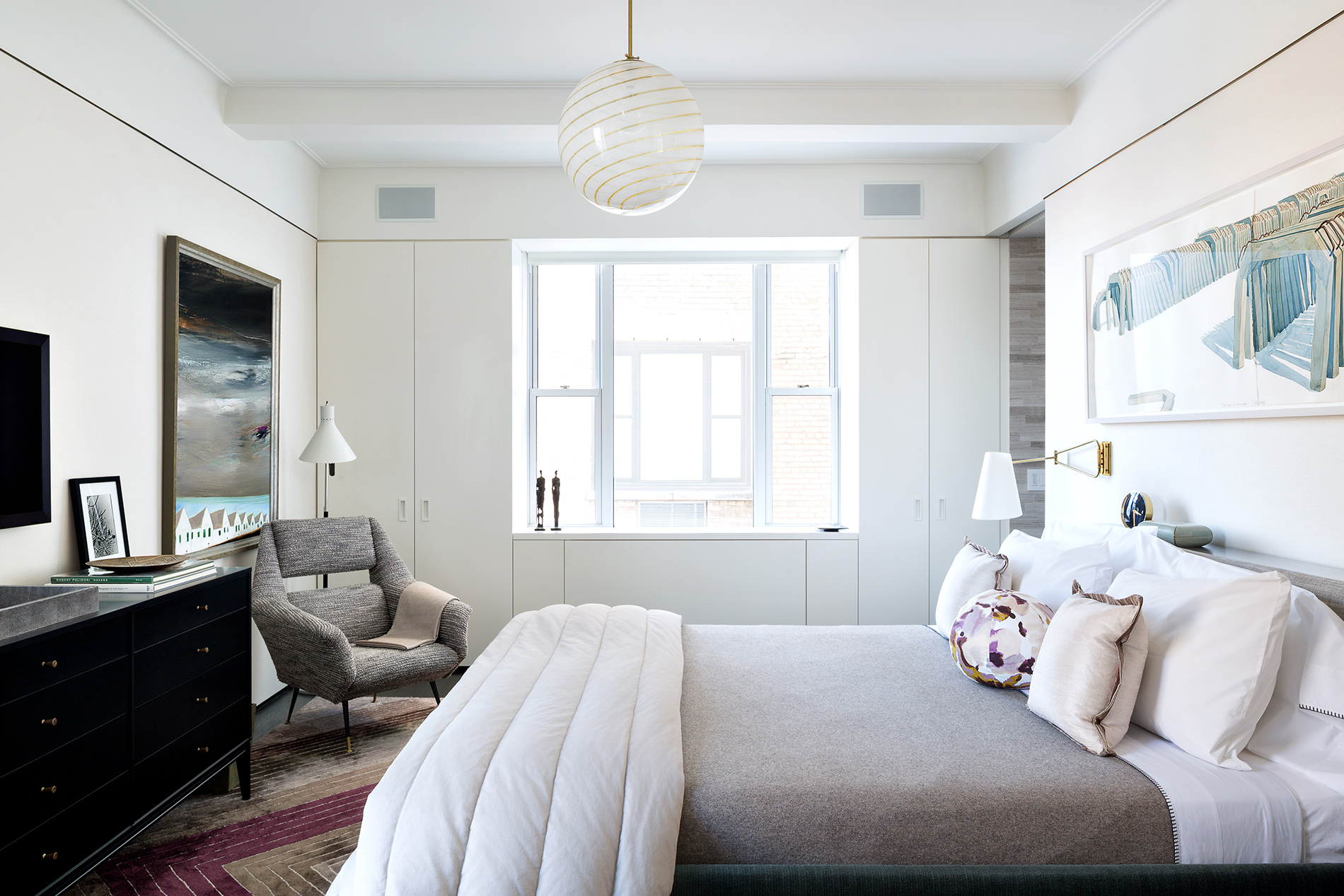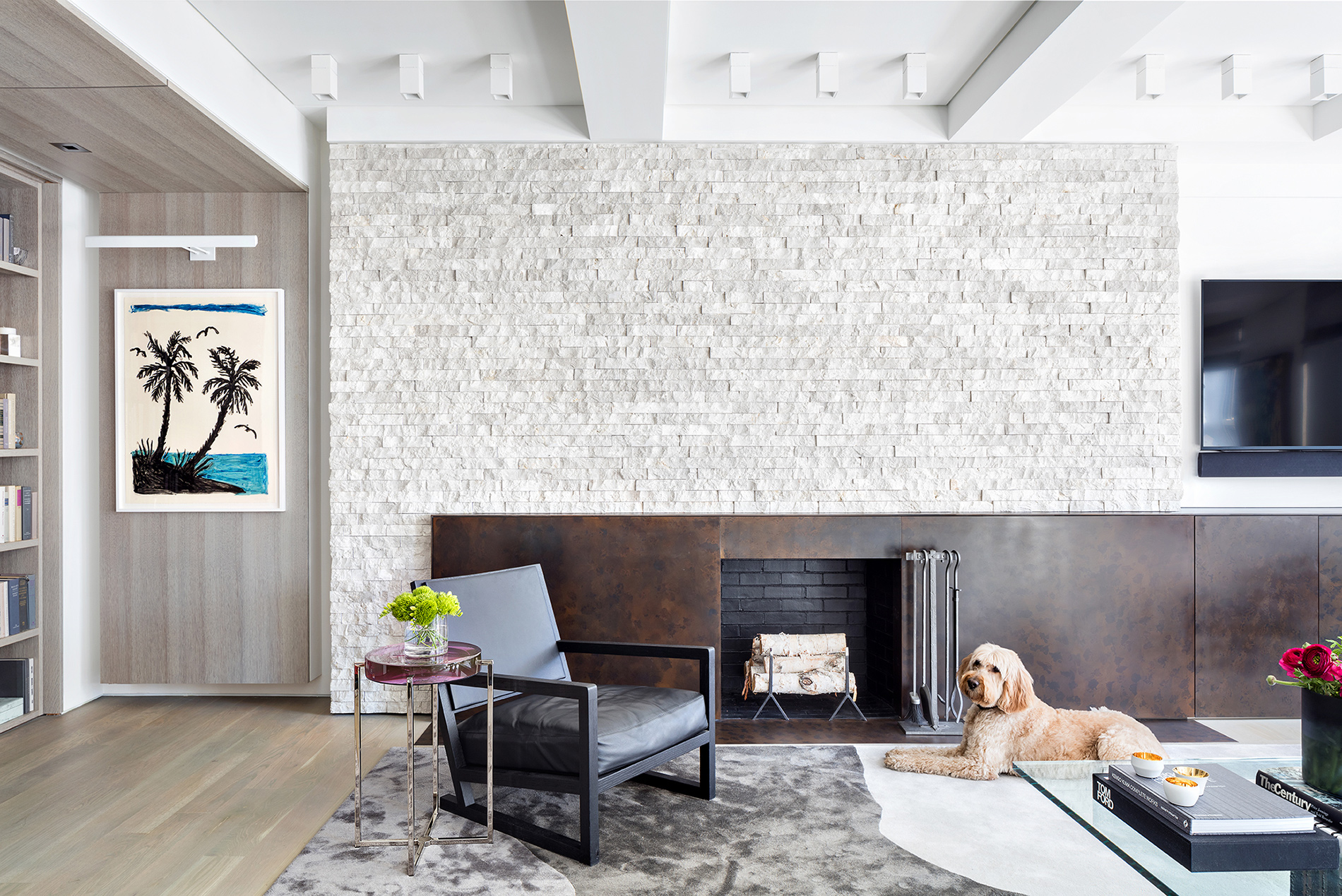5 Tips from Andrew Kotchen for Navigating NYC Building Permits
Every New Yorker dreams of one day owning a place in the city, then renovating it to perfection. But, news flash: Even if that day comes to pass, you can’t just pick up a hammer and start tearing down walls. There are approvals to ask for, paperwork to file, and codes to get familiar with. Andrew Kotchen is founding principal of Workshop/APD, the New York City architecture and design firm behind the gorgeous renovation of a prewar pied-à-terre uptown, the remodel of a 100-year-old building in the West Village, and the design of an apartment with 360-degree skyline views, to name just a few projects. In other words, he’s used to dealing with the ups and downs of applying for NYC building permits. Here, he shares when to expect some hiccups and his pro tips for making the process run as smoothly as possible.


BEFORE YOU BUY A PLACE, FIGURE OUT WHAT YOU’LL BE ABLE TO CHANGE
“Adding central air may not be as easy as it seems. It can be a difficult task as it affects waterproofing, exterior altercations, and noise—all of which can disturb your neighbors,” Kotchen says. “Make sure you understand your ability to make changes to your new home’s HVAC prior to purchase.” The same goes for updating kitchens and bathrooms: “It is best to understand how Americans with Disabilities Act compliance and building wet-over-dry restrictions work in your building. Oftentimes, the two are in conflict and force existing bathrooms to stay in their current configuration.”
YOUR SUPERINTENDENT IS YOUR SECRET WEAPON
“For most, if not all, buildings in New York, you will need the co-op or condo board’s approval before approaching the Department of Buildings for plan approval and permitting,” says Kotchen. “NYC building boards primarily look at your project through the lens of insurance (leaks, noise, issues found during construction, et cetera), while the DOB looks at your project through the lens of safety and code. Your superintendent and building staff posses a wealth of knowledge as it pertains to past projects within the building. They can clue you in to the aspects of projects that have worked and those that have not in the past.”


DON’T FORGET TO SCHEDULE AN ASBESTOS TEST—AND DO IT RIGHT AWAY
“An asbestos test must be completed before submitting for plan approval and permits,” says Kotchen. “This should coincide with the building management review process. In the case of an abatement, you will need to have everything taken care of prior to submitting plans to the DOB.”


APPLY FOR PLAN APPROVAL EARLY
“New York City is unique in that the process of plan approval and permitting are not one and the same. In the city, you will need your architect or expeditor to submit your project plans for DOB approval,” Kotchen says. “Once approved, your contractor will then pull permits. This will add to your timeline, so a strong understanding will help manage expectations.” Your best bet: Apply for plan approval before you even have a contractor, Kotchen suggests.
LANDMARKED BUILDINGS REQUIRE AN EXTRA APPROVAL
“A lot of the beautiful prewar buildings covered in the details we love are landmarked,” notes Kotchen. “If this is the case, you will need to get landmark approval before work starts. This is a lengthy process, so ask your building if you can apply to the Landmark Preservation Commission before the DOB in order to alleviate some timeline stress.”


